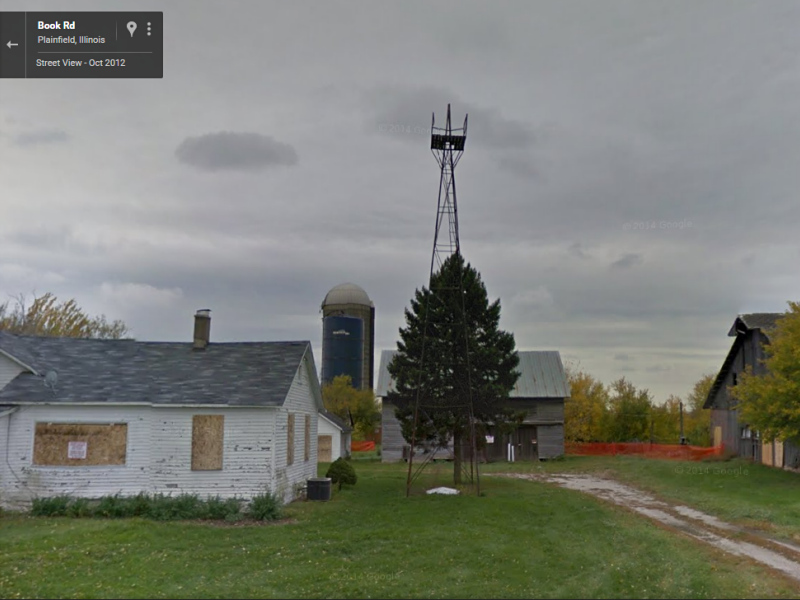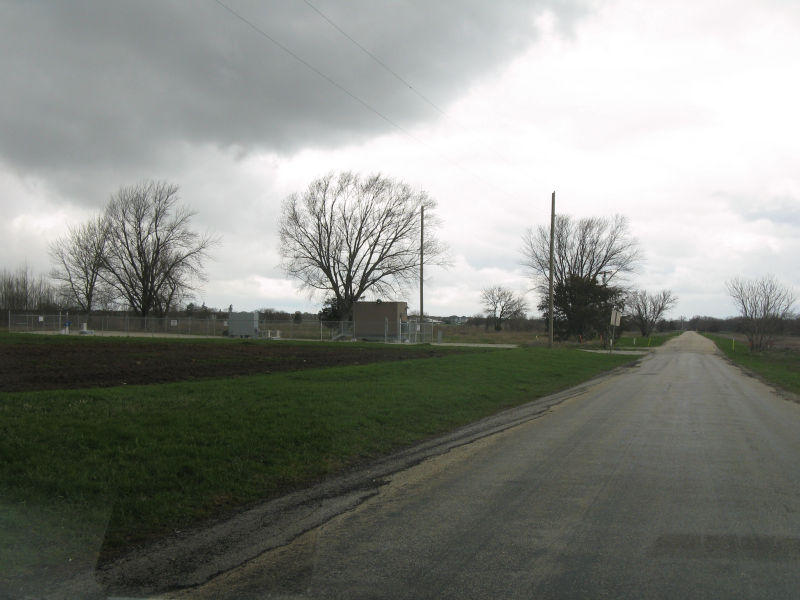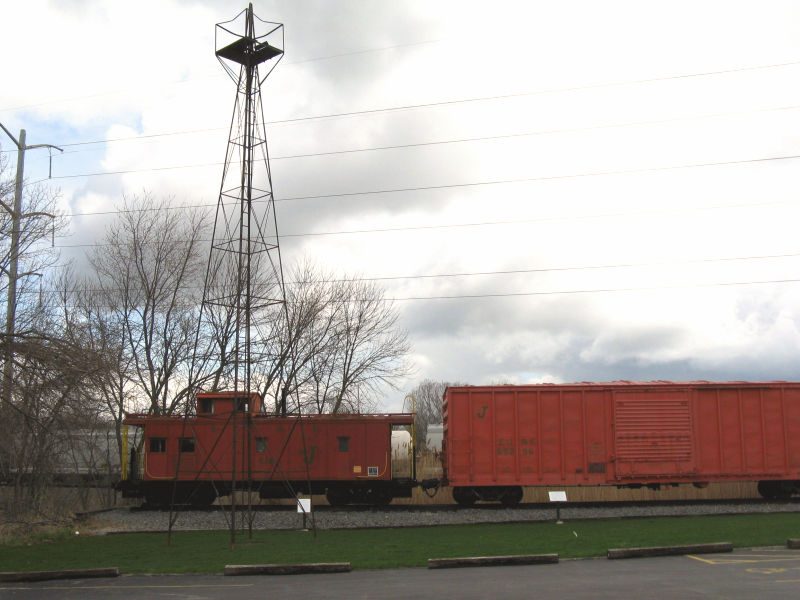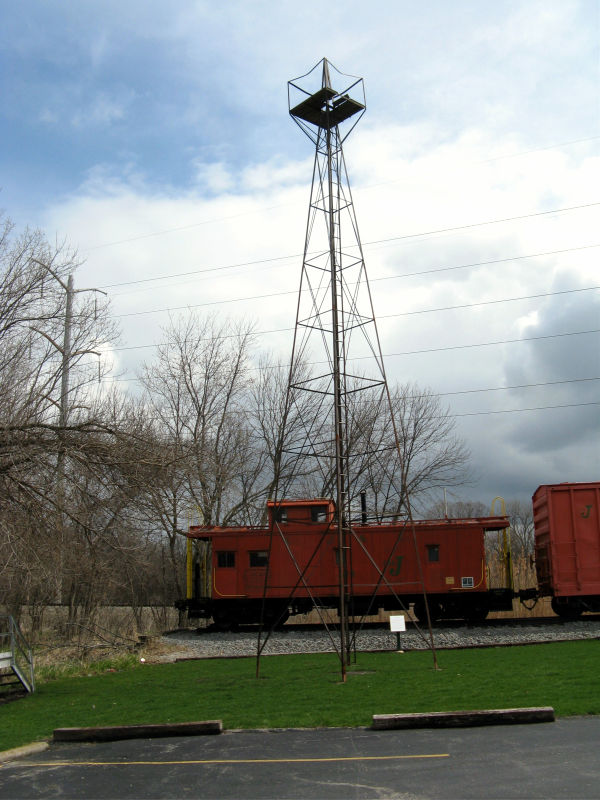Beacon Near Plainfield, Illinois
Roger Helm has submitted the following photos and information about a beacon north of Plainfield, Illinois.
There is a beacon that was north of Plainfield, Illinois, that was saved in 2014 and moved about four miles by the Plainfield Historical Society to the Railroad Museum located on Illinois Route 126 near the Du Page River and the CN rail line (formally the E,J, & E). It was located on Book Road, between 119th street and 127th Street (coordinates: N 41.659808° W 88.184783°).
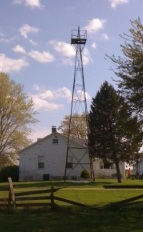
Interestingly, Google’s Street View from 2012 shows the beacon in its old location, while the satellite view (no date given, but obviously newer) shows the beacon at the rail museum (coordinates: N 41.609017°, W 88.211445°).
The beacon may have been No. 37 as shown on this map: Air Navigation Map No. 9; Chicago, Ill. to Iowa City, Iowa; 1929/1933
… or No. 25 as shown on this map: Airway Map No. 111; Chicago Ill. to Milwaukee Wis.; 1930
… or something else entirely. Please comment if you have any thoughts!
